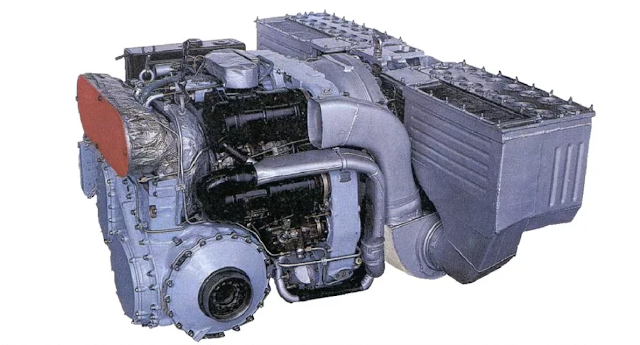Modelling AFV detection parameters using thermal imaging reconnaissance
In the 1980s, the Soviet Union determined that the widespread use of thermal imaging devices for reconnaissance significantly outperformed the maximum detection ranges of devices based on electro-optical image converters. It was reported that these new thermal imaging systems had ranges of 3km compared to electro-optical image converters with ranges of 1,5k-2km.
To mask AFVs from thermal reconnaissance means, it was determined to create algorithms that would compute a thermal imaging result based on variables like thermal emission and background (ambient temperature).
The simulated detection process proceeded as follows: search for targets in a specific area, identify a target with higher display contrast than the surrounding area, and recognise the target through its poorly detailed silhouette.
To avoid complexity, the article will not cover the entire computing algorithm.
.png) |
| Algorithm used to form thermal imaging result |
It is stated that the distance to the AFV was 50m. The temperature contrast of the turret and the lower frontal plate is 1 K, the upper frontal plate is 0,5 K and the tracks at 5 K. The upper frontal plate matches in contrast with the surrounding area, due to the temperature contrast detected is the minimum contrast value the thermal imager could detect.
Reference:
- Вопросы оборонной техники: научно-технический сборник: Серия 6. Бронетанковая техника. Вып. № 4 (110)




Comments
Post a Comment